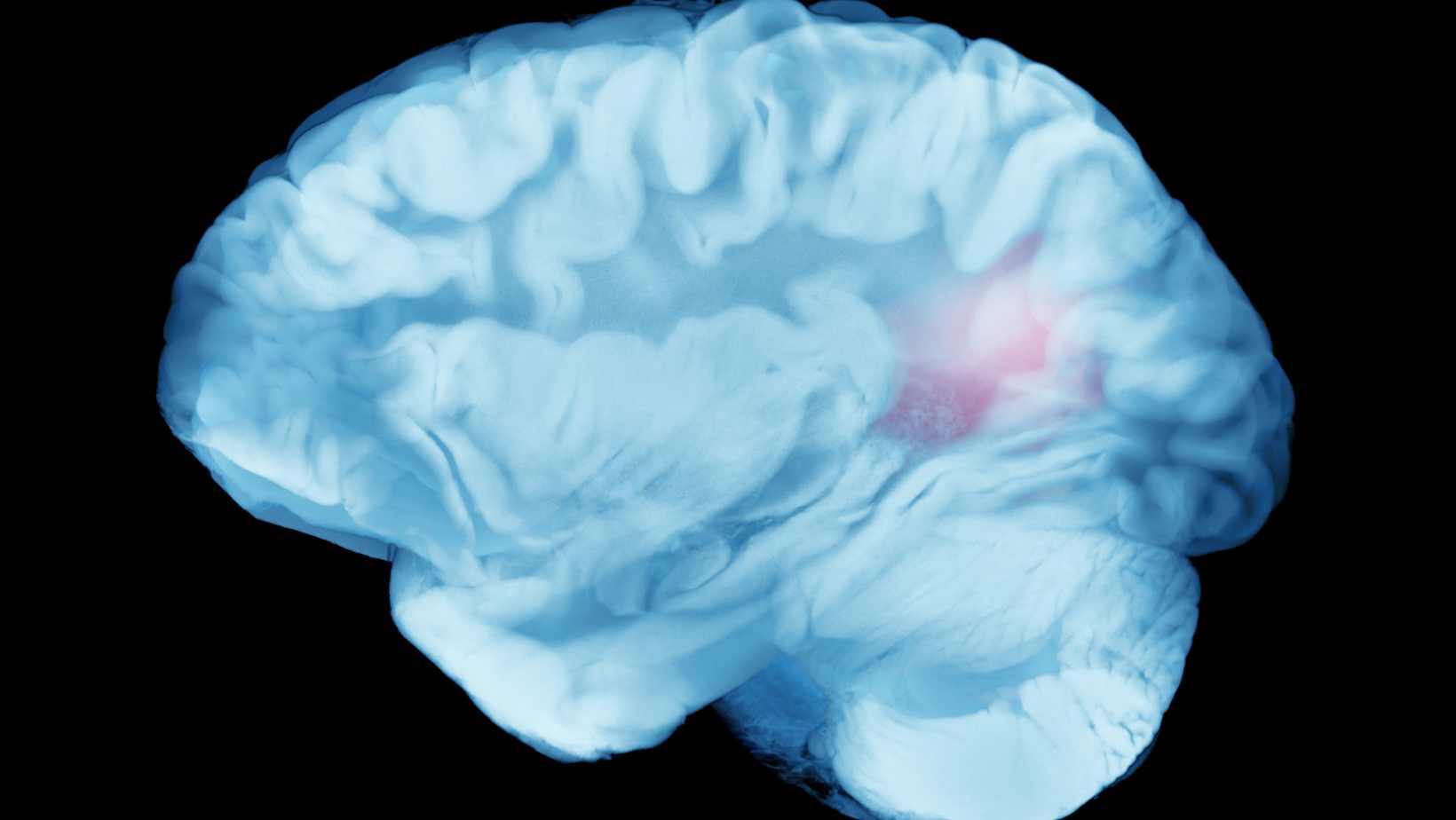Table of Contents
ToggleRisk Factors Of Stroke
A brain stroke or paralytic attack occurs when the blood supply of the brain is either cut off or interrupted, which prevents the brain cells from functioning due to the lack of oxygen. It is important to understand that a stroke is a medical emergency and to prevent brain stroke a person who has experienced this needs immediate medical intervention so that we can reduce the brain damage. However, before we delve into the CVA risk factors that cause a stroke, we must first understand the different types of stroke.
Ischemic stroke
Ischemic stroke is the most common type of brain stroke and occurs when the blood vessels in the brain get blocked or become narrow. In this situation, one of the blood vessels to the brain gets blocked, leading to cutting off in the blood supply to that part of the brain leading to damage in brain tissues. The treatment option for handling this risk of a stroke involves restoring an adequate flow of blood supply to the brain.
Hemorrhagic stroke
A hemorrhagic stroke occurs when there is a leakage or rupture in the blood vessels in the brain. There are many reasons for the rupturing of the blood vessels like unregulated high blood pressure, abnormal blood vessels or aneurysms. The treatment for this kind of stroke involves controlling the bleeding and reducing the pressure on the brain.
Stroke risk factors can lead to Hemorrhagic stroke
- Hypertension: High blood pressure is one of the highest common causes of stroke and hypertension. If your blood pressure is not within 140/90 or higher, it is important to get medical attention and follow the necessary treatment to prevent it.
- Physical inactivity: Your chances of getting a stroke shoot up when you are obese and do not follow a regular exercise regime. It is vital to involve exercise, jogging or yoga to your routine to remain fit and avoid health complications arising from physical inactivity.
- Usage of intoxicants and nicotine: Consuming alcohol, smoking or chewing tobacco raises your odds of suffering from a stroke. Nicotine makes your blood pressure rise, and cigarette smoke causes a fatty buildup in your prime neck artery. It also leads to thickening your blood, making it more likely to clot. Even secondhand smoke can be dangerous in the long run.
- Heart problems: If you suffer from underlying heart disease like defective heart valves or atrial fibrillation or irregular heartbeat, the chances of you suffering a stroke from hypertension are high. One is also likely to suffer from stroke risk factors if they have clogged arteries from fatty deposits.
- Diabetes: People who suffer from diabetes often have high blood pressure and are more likely to be overweight, and both reasons elevate the chances of a stroke. Diabetes leads to damaging the blood vessels, which makes a stroke more probable. If you have a stroke when your blood sugar levels are high, your brain suffers from a greater injury.
Transient ischemic attack (T.I.A.)
A transient ischemic attack is also known as a minor stroke, and its symptoms are similar to those that one would experience during an ischemic stroke. The good thing is that it does not cause permanent damage. A TIA is similar to an ischemic attack and occurs when a clot reduces or blocks the blood flow to the brain. Having a T.I.A. increases one’s risk of having a full-blown stroke later and therefore, it is important to pay attention to any abnormal symptoms that you may experience for stroke prevention.
Symptoms of strokes
An important point to remember about the symptoms of stroke is that they occur suddenly and usually progress over time. If you want to prevent stroke or someone you know is experiencing a stroke, remember to pay particular attention to the time when the symptoms began. This is important to prevent stroke because some treatment options are the most effective when given at the soonest.
A few symptoms of stroke include:
- Sudden development of weakness on one side of the body
- Slurring of speech
- Severe headaches/ head spinning
- Unable to talk clearly
In neurological parlance, one needs to check for these symptoms in a person who may be having a stroke, before seeking help. It is short for F.A.S.T. and stands for checking the Face to determine if there is any face droop. The second sign is to check the Arms and be warned if the person is unable to raise both arms. The third sign is Speech, and one needs to determine for any slurring in the speech. The fourth sign is Time and means that if you observe any of these signs in a person, call for immediate medical help. One should definitely prefer consulting a neurologist or talk to a neurologist online or go for a neurologist online chat. if he/she has gone through a stroke or is having minor symptoms of a stroke.
Also Read
About The Author

Dr Chandril Chugh
Dr Chandril Chugh is committed & compassionate Board-Certified Neurologist, ,providing expert insights and reliable health information. with a Holistic Approach to Healing
About Author | Instagram | YouTube | Linkedin




